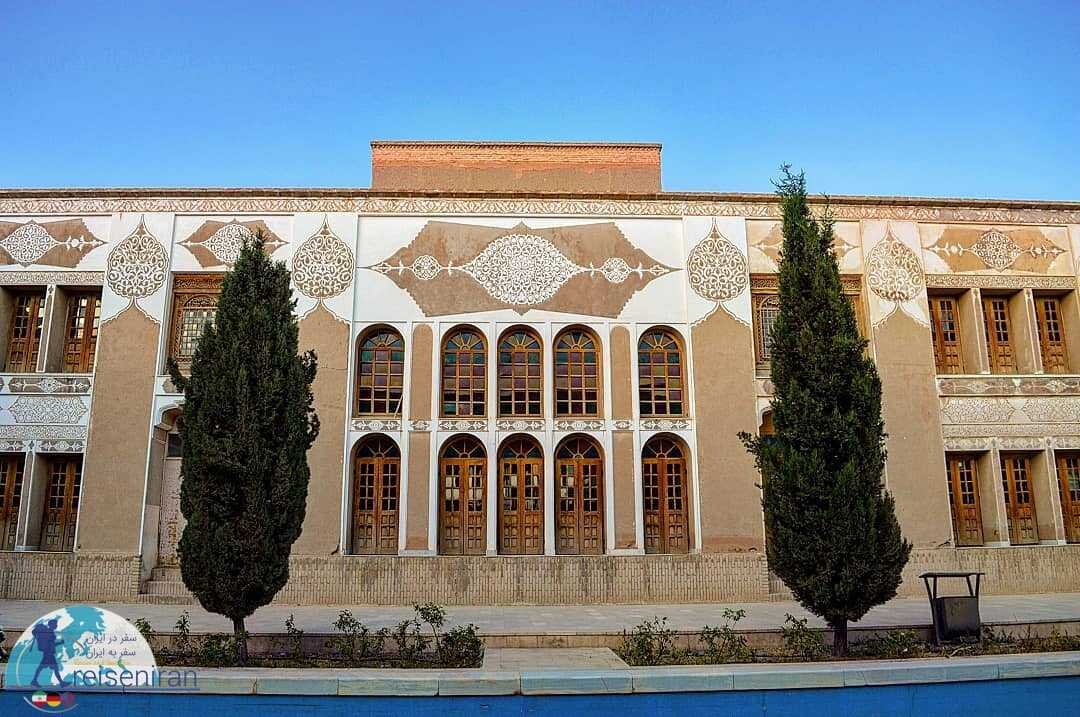Restoration of Musa Khani edifice, important for promoting Kerman’s Shahr-e Babak tourism

TEHRAN--The fundamental restoration and change of the use of the historic Musa Khani building in Shahr-e Babak, Kerman province, in order to develop tourism and economic prosperity in the region is one of the priorities of the Kerman Cultural Heritage Department, said the caretaker of Kerman Cultural Heritage Department.
According to IRIB, Morteza Nikru visited the Musa Khani building and studied the restoration trend of this structure.
He said the first phase of this project as catering unit has been inaugurated. “Currently, the second phase which includes establishing accommodation sites in this historical building is under implementation. We will witness its inauguration soon.”
The cooperation of private sector in this project has played an important role in accelerating the restoration trend and inauguration of this historical complex, he said.
Nikru expressed the hope that the project will help attract the tourists and boost economic prosperity of Shahr-e Babak county.
He added that the project is being carried out in order to preserve and revive the cultural heritage and increase the tourism capacities of Kerman province with the good cooperation of industrial and mining companies and will be continuously followed up until the result is achieved, which is to increase the capacity of Shahr-e Babak city in the tourism facilities sector.
Musa Khani Mansion is one of the buildings of the Qajar era, which was built in 1265-1270 AH by Musa Khan, the son of Sheikh al-Molk. The area of this mansion is 2,300 square meters and its vast garden is about 5,200 square meters. This historical monument is one of the noble residential buildings and the residence of the ruler of Shahr-e Babak city.
Shahr-e Babak is located in the west of Kerman province at the height of 1,845 meters above the sea level. This county is limited to Yazd province from the north, Sirjan county from the south, Rafsanjan from the east and Fars and Yazd provinces from the west. The climatic conditions of Shahr-e Babak plain are semi-desert and it is moderate in mountainous regions. Shahr-e Babak county consists two districts naming “Markazi”, “Dehaj”, four cities as “Khorsand”, “Shahr-e-Babak”, “Jowzam”,” Dehaj” and nine rural districts.
Shahr-e Babak is one of the most important and historical cities of Kerman province due to embracing the historical village of Meymand, Musa Khani edifice known as Vally mansion, ancient mosque of Shahr-e Kohne, Azarbagh temple, etc.
Shahr-e Babak enjoys a privileged economic and political position by situating on the southwestern region of Tehran-Bandar Abbas transit road (golden road of Iran) and the communicational road of Shiraz and Isfahan, passing the railway of Bafq-Bandar Abbas from this region and also having the great mines of copper, lead and zinc, silica, salt, turquoise, copper smelting plants, numerous stone cutting plants, milk and pasteurized dairy.
The major economy of Shahr-e Babak is based on gardening and livestock in addition to industry and mine. The people of Shahr-e Babak speak in Farsi with special and different dialects related to each region such as Meymandi and Dehaji.
The religion of the people in this city is Islam and they are followers of Jafari Shia or Ismaeilian. Also, Sunni people and a minor group of Zoroastrians live in this region, as well.
KD
